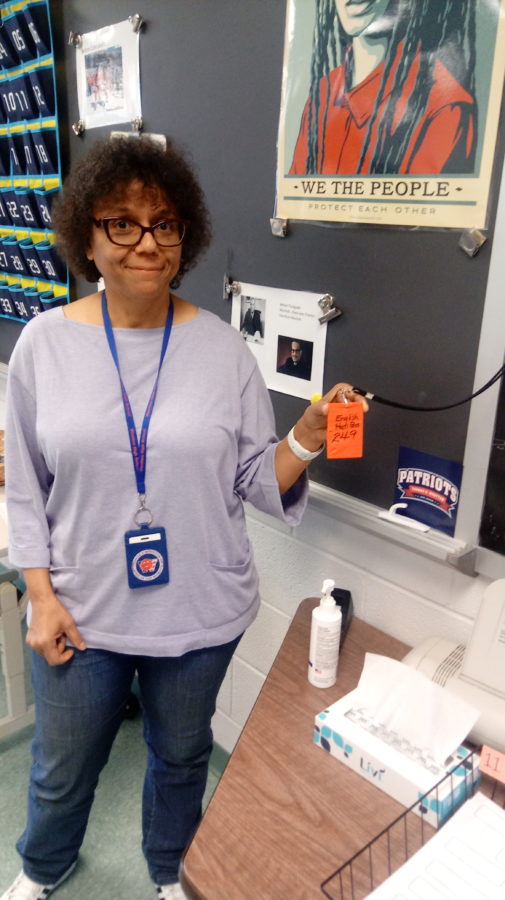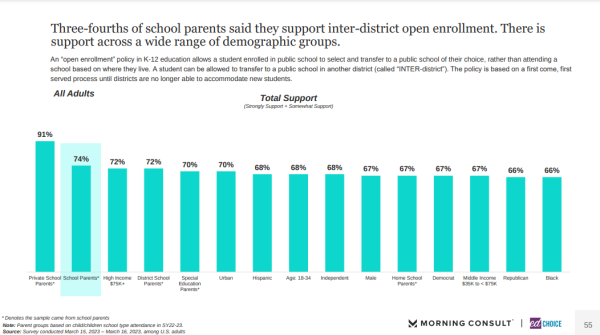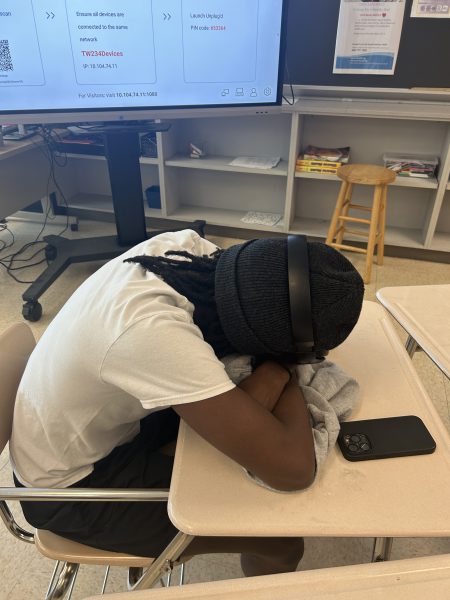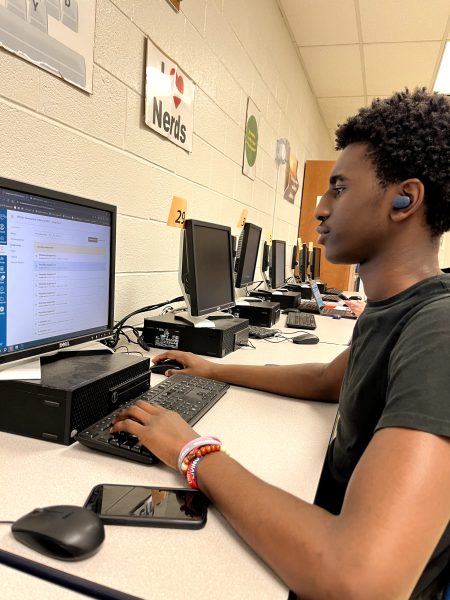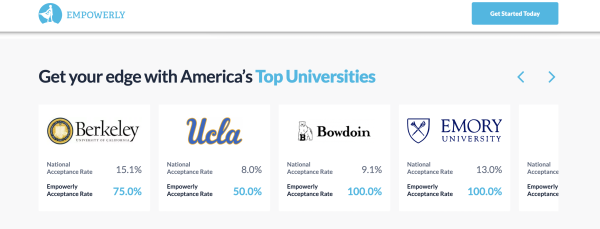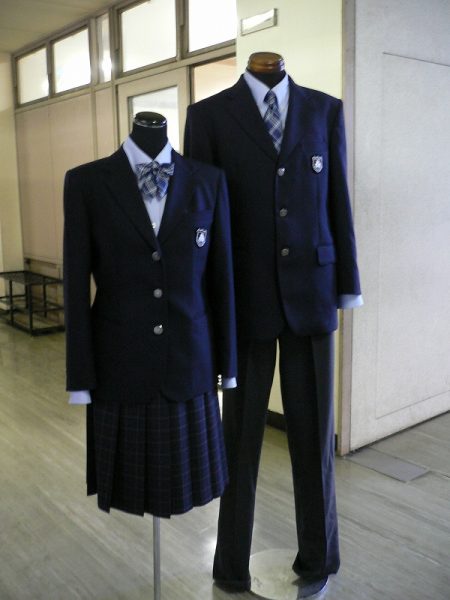School year progresses, hall passes prove problematic
At the start of this school year, students warily welcomed the new hall pass system. This system introduced an array of colored passes, each color corresponding to a different area of the school. In order to use the restroom or get water, students had to take one such pass with them. Students however must remain in the color-coded area dictated by the color of their pass. Two passes were handed out per classroom, and if lost, the passes were not replaced. This pass system was intended to reduce the number of students wandering the halls during class times and to increase focus on education. Instead it disrupted focus, and while it did decrease the number of wandering students, students who needed to leave the classroom for legitimate reasons were heavily restricted.
The passes have succeeded in reducing the number of students wandering around the halls to avoid class. Because students would have to take a pass with them from the classroom, it is much less likely that they will be able to take a pass unnoticed, especially with the limited number of passes per room. In that regard, the passes have accomplished their purpose, and with flying colors.
However, it can be argued that the detrimental effects of the pass policy far outweigh the beneficial ones. On the (now more uncommon) occasion that students do take a pass unnoticed, there is only one pass available to the other students of that class who may need it to get water or use the restroom. This restriction disrupts learning, as those students cannot focus if they are instead waiting, hoping the pass comes back soon, so they may take care of their basic human needs.
The aforementioned issue is worsened by the disappearance of passes. Throughout the year, classrooms have lost passes, due to students forgetting to return them, or dropping them. Since the teachers are not supplied with replacement passes, they either have to supply their own or accept the loss. It should not be the responsibility of the teachers to make passes of their own, and it also should not negatively impact the students, reducing the number of those allowed out at a time to just one.
The idea of hall passes is a good one, as it is effective at controlling the number of students wandering. With some adaptations made, it could still do this, and also diminish the negative effects. The first change to the policy would be to remove the color-coding on the passes. When some bathrooms are in disrepair, being cleaned, or in use, students need to be able to go to another bathroom.
Another change could be to provide teachers with additional passes, or the option to order additional passes that arrive in a timely manner, so that in the case that one or both go missing, they can resupply at no cost of their own. This solves the problem of passes being lost, as well as allowing each teacher to choose how many students can be out with a pass at a time.
Your donation will support the student journalists of Thomas S. Wootton High School. Your contribution will allow us to purchase equipment and cover our annual website hosting costs.


